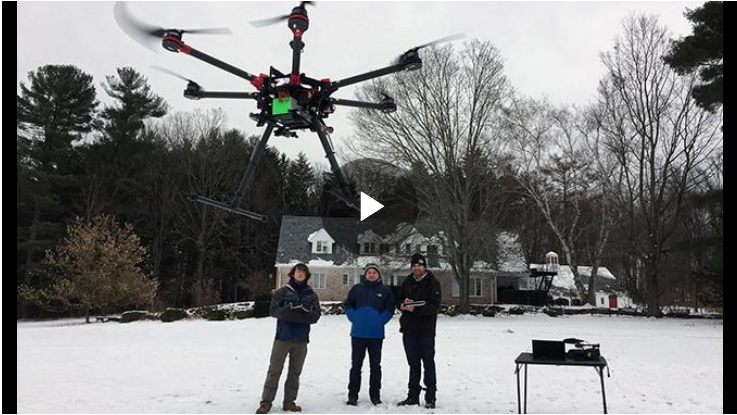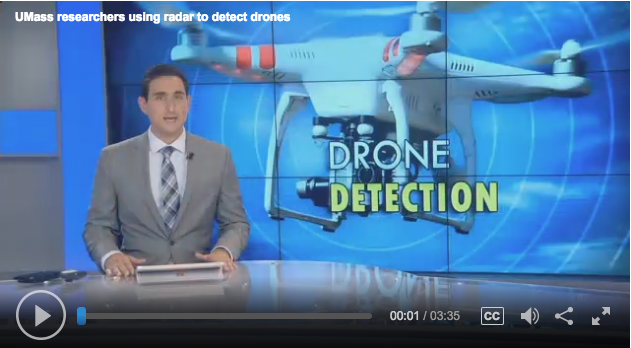Unmanned Systems
Dense networks of X-band radars, such as those pioneered by CASA, can be used to support airborne vehicles, such as drones and air taxis, that are beginning to operate in the lowest parts of the atmosphere. Not only can CASA radar networks provide high-resolution weather information to keep operations safe and cost-effective, but they can also monitor the presence and path of such vehicles (hard targets) and support air traffic management and threat surveillance.
Weather Avoidance for Low-Altitude Manned and Unmanned Aerial Operations
The diversity of low-altitude operations is ever increasing, with applications such as package and medical supplies delivery by drones and manned and unmanned air taxis to address urban mobility being developed and demonstrated by commercial firms and universities and supported through NASA and FAA. Many of these operations will take place 500-1500 feet above ground level, putting them in a zone currently under served by existing weather surveillance systems, that have been designed primarily to support manned operations at higher altitudes for most parts of the country. This introduces a safety risk as thunderstorms can quickly develop and jeopardize efficiency and safety of such operations. CASA radars have specifically been designed to fill low-altitude gaps in weather surveillance, making them ideal to support these operations. CASA and its industry collaborators are actively developing solutions to provide rapidly updating, high resolution, weather information to operators.
Proof of Concept Multifunction Microdrone and Weather Surveillance System
This National Science Foundation funded PFI: AIR Technology Translation project focuses on demonstrating the use of low-cost radar systems for micro-drone and severe weather surveillance in urban and airport settings. The Federal Aviation Administration forecasts sales of seven million drones in 2020 following recent regulations allowing routine use of drones in the national airspace. While a vast majority of drone operators will likely follow the regulations and drones will be successfully monitored, non-cooperative drones or drones that have lost communication with their operators, will pose a significant threat to airport facilities where no intrusions should be allowed on the air field, critical infrastructure such as military bases or power reactors, and stadiums and arenas where drones can disrupt activities, endanger lives and cause economic losses. These facilities also risk similar outcomes when severe weather unexpectedly disrupts operations. This project will demonstrate the feasibility of a single radar-based surveillance system that can simultaneously provide early warning of drone intrusions and impending severe weather. The development of a multi-function surveillance system with multiple applications, could help make installations economical, with the costs shared between various agencies in new public-private partnership models of infrastructure acquisition, operations and data sharing.
This project uses dual polarized phased array radars that can conduct rapid electronic scanning of the atmosphere to identify and discriminate between different hard targets such as micro-drones and birds and atmospheric targets such as hydrometeors, whose characteristics help determine the type of weather. This project helps develop an understanding of dual polarization radar signatures of various micro-drones, signal processing algorithms that help distinguish such targets from clutter in the low atmosphere, and new tracking algorithms tuned to the 'stop, hover and rapidly accelerate' movement of micro-drones. While the use of phased array radars to track severe weather has already resulted in early commercial prototypes, this project will result in design and operational strategies to conduct micro-drone and weather surveillance using the same system.


Click here to read press release issued by UMass describing this NSF funded project.
For more information on how CASA can help with low altitude manned and unmanned operations, contact Innovation Manager, Apoorva Bajaj
|